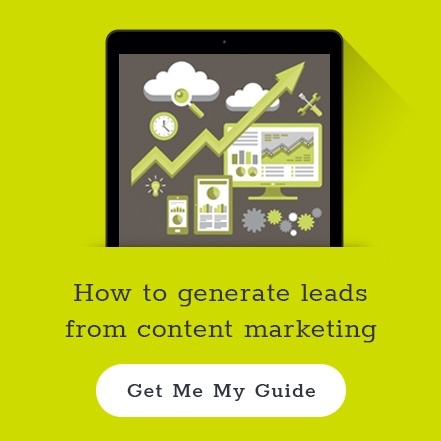The digital age has fundamentally changed how people consume media. Given the sheer information overload we’re regularly exposed to, we simply cannot afford to give equal time and attention to the various blogs, articles, infographics and listicles that pepper our time online.
People are a lot more likely to simply scan online articles for key information quickly and then promptly move on. According to a study by the Nielsen Norman Group (How Users Read on the Web) this number is as high as 79% of online users. This is only exacerbated by how websites are often presented – with banner ads, calls to action, and video links all competing for your reader’s attention. (Not to mention their usual clickbait and social media urges.)
But what does this mean for your B2B content marketing strategy, given that people aren’t actually reading your content? The answer is simple: you create scannable content that communicates its key message quickly and efficiently and – most importantly – converts. People need content that’s quick and easy to read, and it’s up to us as content marketing to rise to the challenge.
Here are some pointers on how to do just that:
Get the right blog length.
Getting the right blog length is all about finding the right balance between being long enough to communicate your message properly and with authority, but while being short enough to keep your readers attention. Long form content definitely has its place, but just make sure your reader knows what they’re getting themselves into when they click through. For your typical blog, we suggest between 500 and 800 words.

Go easy on sentence and paragraph length.
The last thing anyone wants is to be confronted with a gigantic wall of text when all they want is to read an interesting blog over their lunch break. Make sure your sentences aren’t unnecessarily long, and that your paragraphs aren’t overloaded with information. This not only makes your content easier to read, it will also look better and feel more accessible.
Bullet points are your ally.
Whether they admit it or not, everyone likes a good list of bullet points.
- They break the info down into key points,
- Bullet points add variety to your blog’s format,
- They’re fun to use, and spice up the writing process.
Subheadings are a scanner’s best friend.
Subheadings, when used well, will make your writing more concise and condensed. They will also help you structure the flow of information throughout your article, keeping you on track and on point. They’re also incredibly useful for the 79% of us that scan websites, as they communicate the core points quickly and efficiently.
Draw attention to key points or phrases.
A good B2B content marketing strategy is all about demonstrating value through your content offerings. This is much easier and more effective when your reader can quickly tell which points and ideas are the most important. You have a few tools at your disposal – bold, italics, underlining, and highlighting – all of which will make your point more noticeable. Just don’t go overboard, especially with highlighting, or the visual noise will drive your reader away.
Include relevant images.
Pictures are a content marketer’s best friend. They’re not only a great tool for communicating an idea in a quick and scannable way, they’re also ideal for breaking up the text and improving overall readability. Visual content has taken the internet by storm, and for good reason – content with relevant pictures actually get 94% more likely hits than content without. Just make sure they’re relevant and add value to your reader’s experience.
For more information on how to make your B2B content marketing strategy convert more leads, download your free copy of our eBook.










